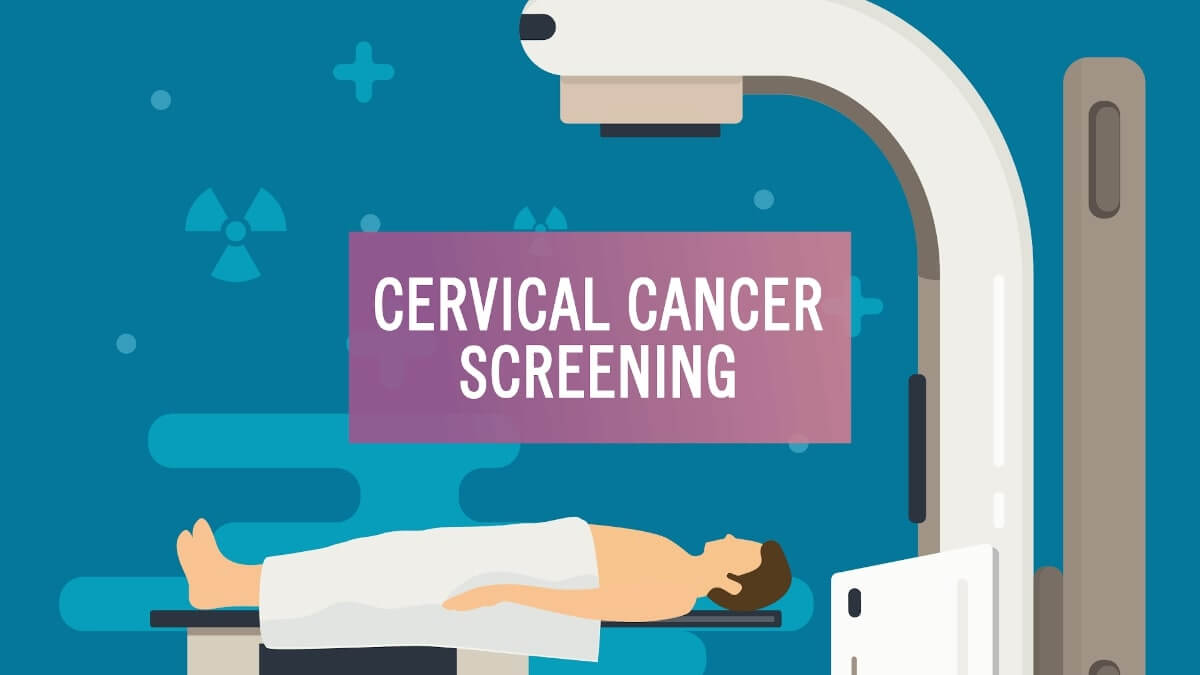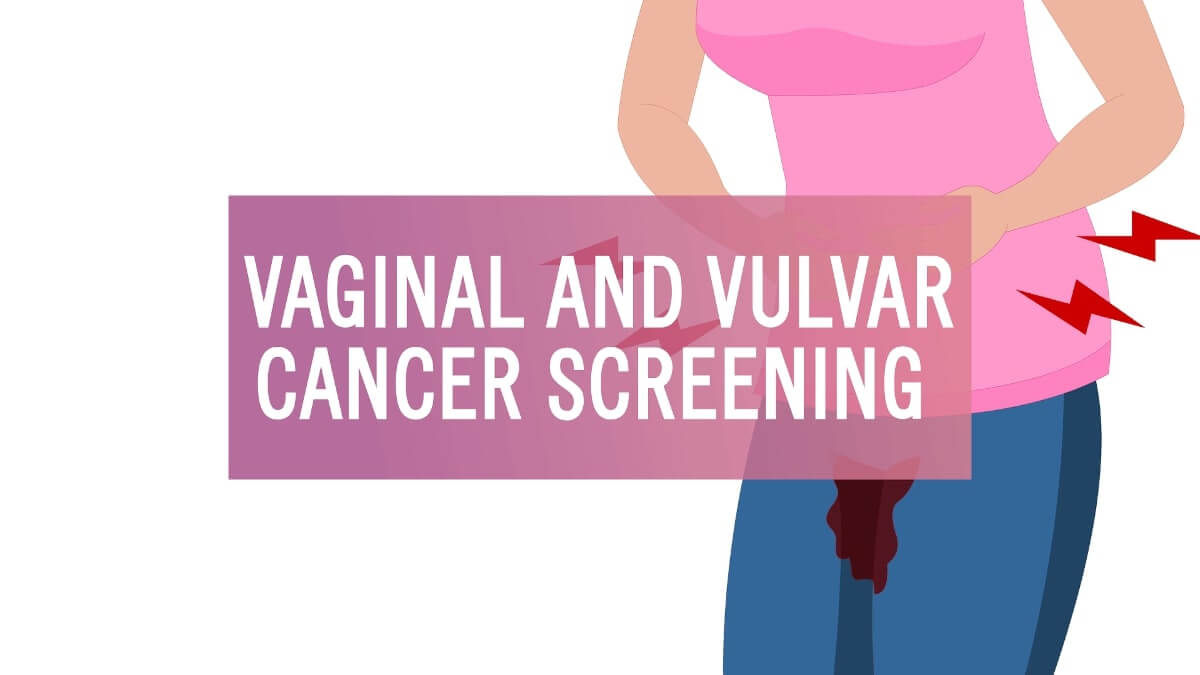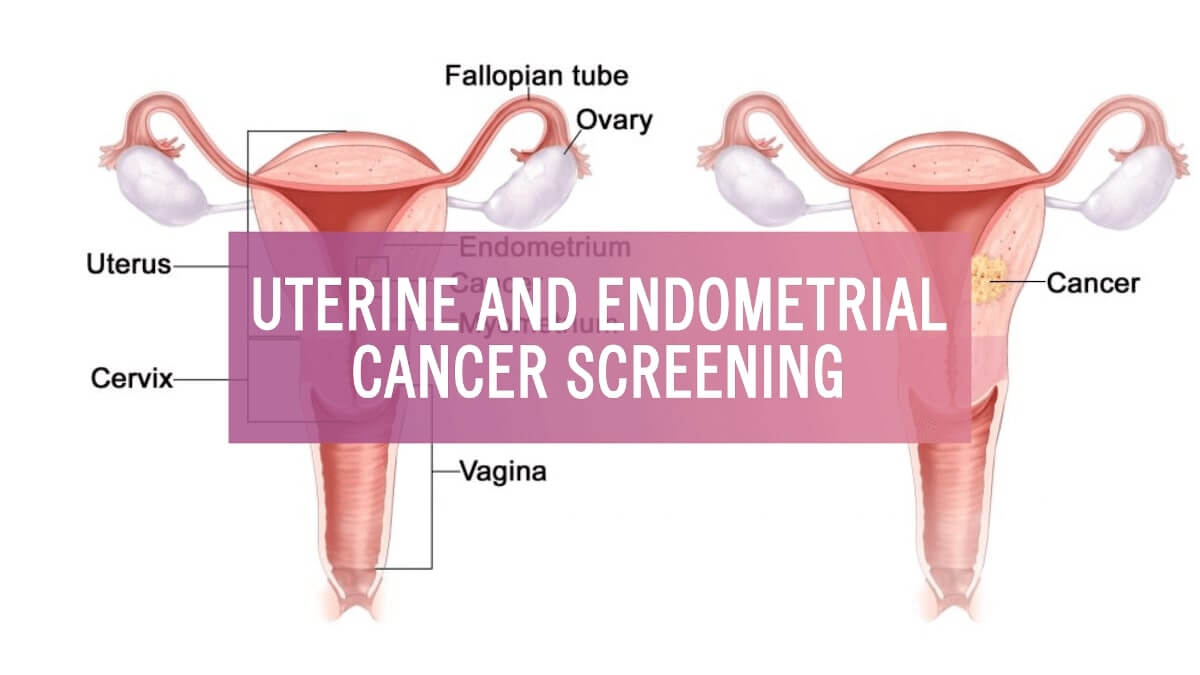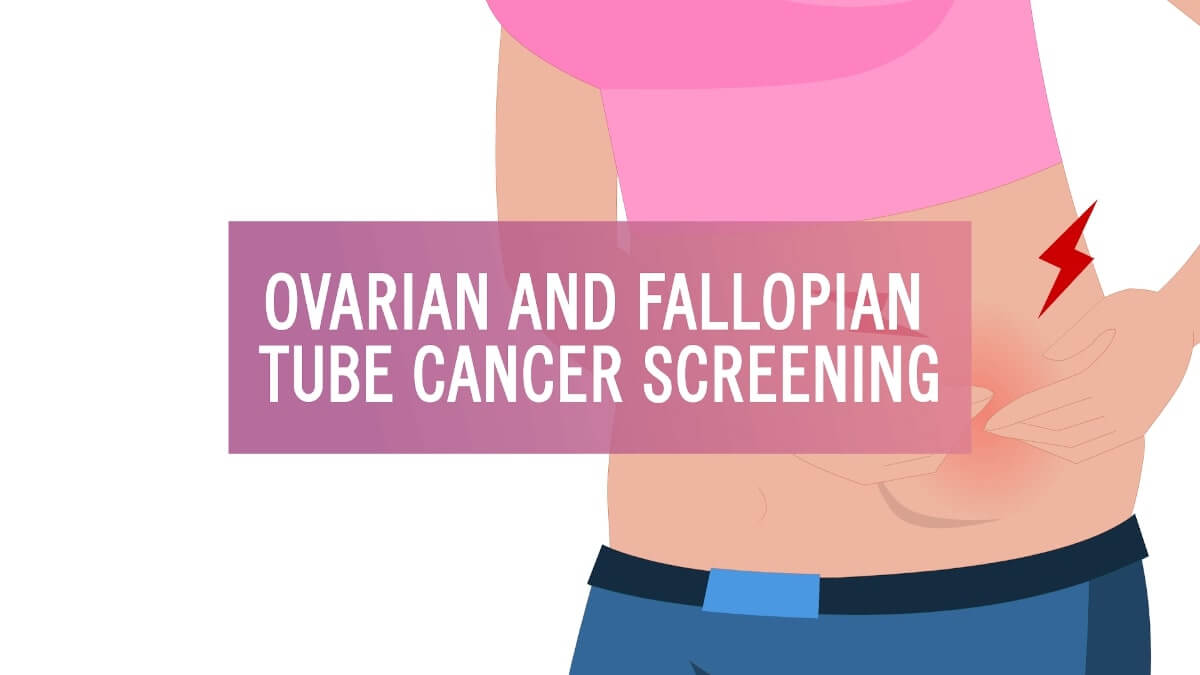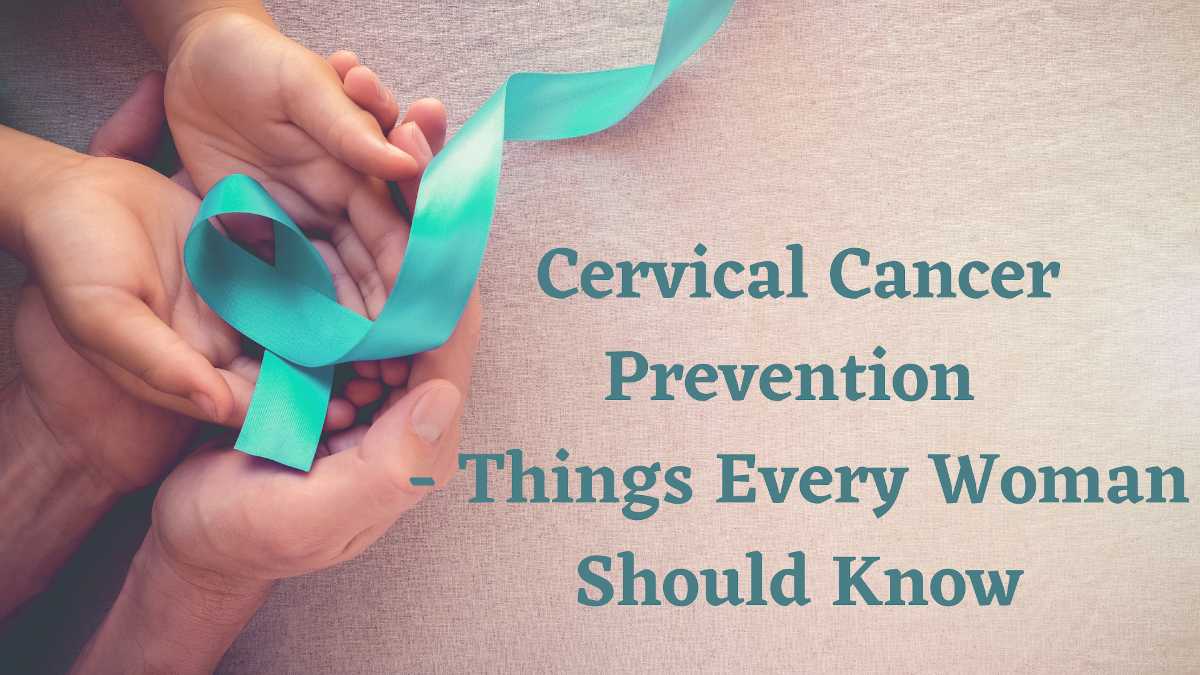In India, as per the health ministry, 25.8% per 100,000 women are diagnosed with breast cancer. Breast cancer also accounts for the greatest cancer-related deaths among women. Moreover, India has a much lower survival rate at 66.1%, when compared with developed countries like the US and Australia. Currently, early detection in order to improve breast cancer outcome and survival remains the fundamental principle of breast cancer control.
What is Breast Cancer?
- Breast cancer is cancer that forms in the cells of the breasts and is characterized by the uncontrolled growth of cells, which results in the formation of lumps within the breast.
- It is a treatable form of cancer. However if not detected early, it can be a life-threatening disease as it can also spread to other parts of the body.
- It usually begins either in your glands that make milk (called lobular carcinoma), or the ducts that carry it to the nipple (called ductal carcinoma).
- It can grow larger in your breast and spread to nearby lymph nodes or through your bloodstream to other organs.
- Cancer may also grow and invade tissue around your breast, such as the skin or chest wall.
- Different types of breast cancer grow and spread at different rates. Some take years to spread beyond your breast, while others grow and spread quickly.
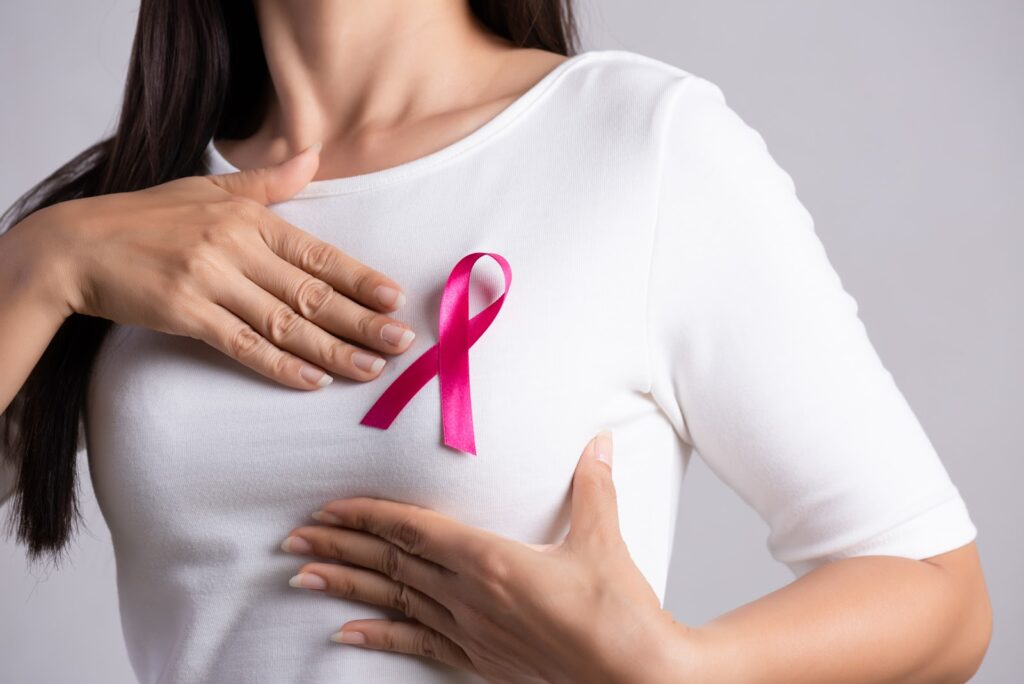
What is a BRCA gene test?
- A blood test that uses DNA analysis to identify harmful changes or mutations in either one of the two breast cancer susceptibility genes — BRCA1 and BRCA2.
- Genes are parts of DNA passed down from your biological parents and are also responsible for certain health conditions. BRCA1 and BRCA2 are genes that protect cells by making proteins that help prevent tumors from forming. Hence these genes are also called tumour suppressor genes.
- Individuals who inherit mutations in these genes are at an increased risk of developing breast cancer and ovarian cancer compared with the general population.
- Not everyone who inherits a BRCA1 or BRCA2 mutation gets cancer. Other factors, including lifestyle and environment, can affect your cancer risk.
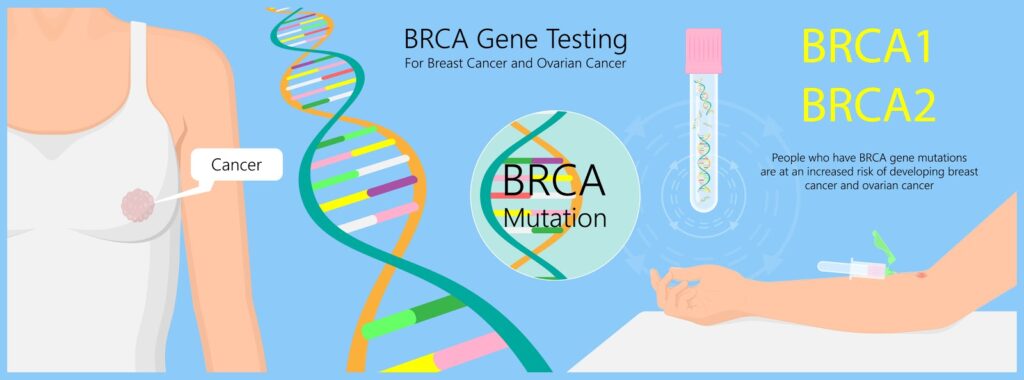
Who should consider BRCA gene testing?
You might be at increased risk of having an inherited gene mutation if you have:
- A personal history of breast cancer diagnosed before age 45
- A personal history of breast cancer diagnosed before age 50 and second primary breast cancer, one or more relatives with breast cancer, or an unknown or limited family medical history
- A personal history of triple-negative breast cancer diagnosed at age 60 or younger
- A personal history of two or more types of cancer
- A personal history of ovarian cancer
- A male relative with breast cancer
- A relative already diagnosed with a BRCA mutation
- A personal history of breast cancer and Ashkenazi (Eastern European) Jewish ancestry
- A personal history of prostate cancer or pancreatic cancer with two or more relatives with BRCA-associated cancers
- A history of breast cancer at a young age in two or more blood relatives, such as your parents, siblings, or children
How to interpret the BRCA test results?
- A positive result means a mutation in BRCA1 or BRCA2 was found. These mutations put you at a higher risk of getting cancer. But not everyone with the mutation gets cancer. A positive mutation also indicates further genetic screening of first-degree family members. Follow-up care after a positive test result might include taking specific measures to modify the type and frequency of screening for cancer and to consider procedures and medications designed to reduce your cancer risk. What you choose to do depends on many factors, including your age, medical history, prior treatments, past surgeries, and personal preferences.
- A negative result signifies no BRCA gene mutation was found, but it doesn’t mean you won’t ever get cancer.
- An uncertain result means some kind of BRCA gene mutation was found, but it may or may not be linked with increased cancer risk. You may need more tests and/or monitoring for further diagnosis.
What are the steps to do a breast self-exam?
Step 1: Begin by looking at your breasts in the mirror with your shoulders straight and your arms on your hips. Here’s what you should look for:
- Breasts are their usual size, shape, and colour
- Breasts are evenly shaped without visible distortion or swelling
- Check if there is any change in terms of dimpling, puckering, or bulging of the skin
- Check if a nipple has changed position or is an inverted nipple (pushed inward instead of sticking out)
- Check for redness, soreness, rash, or swelling on the breasts.
Step 2: Raise your arms and look for the same changes.
Step 3: Look for any signs of fluid coming out of one or both nipples (this could be a watery, milky, or yellow fluid or blood).
Step 4: Feel your breasts while lying down, using your right hand to feel your left breast and then your left hand to feel your right breast. Use a firm, smooth touch with the first few finger pads of your hand, keeping the fingers flat and together. Use a circular motion, about the size of a quarter. Make sure to cover the entire breast from top to bottom, side to side — from your collarbone to the top of your abdomen, and from your armpit to your cleavage.
Step 5: Finally, feel your breasts while you are standing or sitting. Many women find that the easiest way to feel their breasts is when their skin is wet and slippery, so they like to do this step in the shower. Cover your entire breast, using the same hand movements described in step 4.
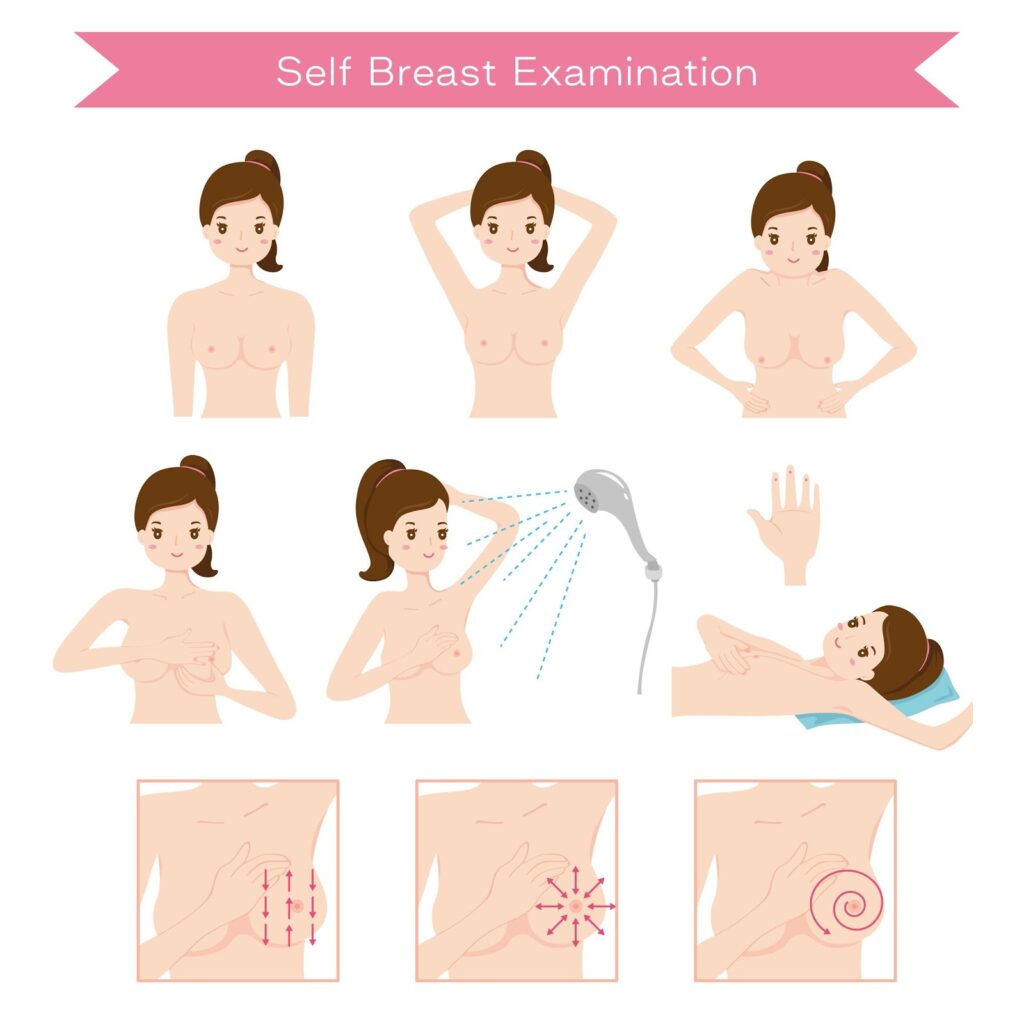
Conclusion
Based on your personal and family history, you can decide on doing the BRCA GENE test to see if you are at risk for Hereditary Breast and Ovarian Cancer (HBOC) and also take advice from a doctor or genetic counsellor. It is recommended that all women do a self-examination of their breasts as a regular habit at home.
Special thanks to Dr. Kawita Bapat (MS, FICOG) Consultant Gynaecologist for expert advice


